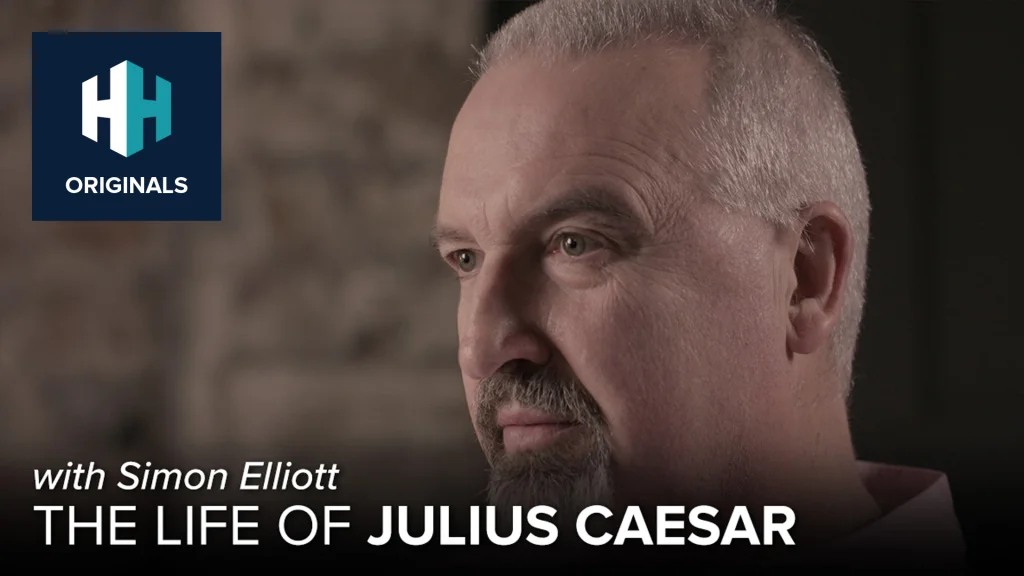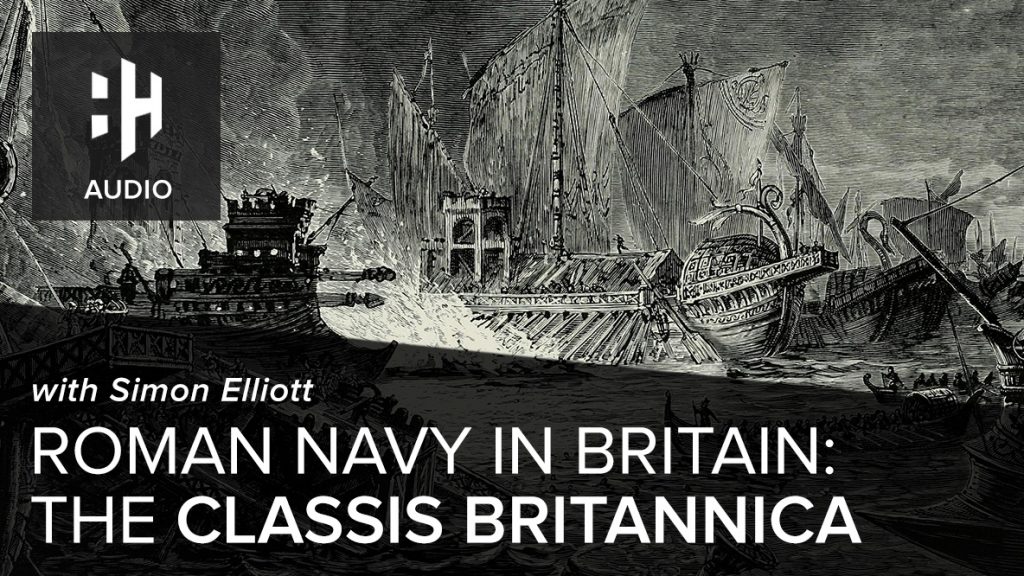Julius Caesar’s rise to power did not come easy. It required heaps of ambition, skill, diplomacy, cunning and wealth. There were also many battles, which came to define Caesar as one of history’s greatest military leaders.
But things were never stable in the Rome of Caesar’s time. His methods and triumphs made him a threat and target for enemies both within and without Rome.
What follows are 14 facts about the life of Julius Caesar at the peak of his power.
1. The conquest of Gaul made Caesar hugely powerful and popular – too popular for some

He was ordered to disband his armies and return home in 50 BC by conservative opponents led by Pompey, another great general and once Caesar’s ally in the Trumvirate.
2. Caesar ignited civil war by crossing the Rubicon River into northern Italy in 49 BC
Historians report him saying ‘let the die be cast.’ His decisive move with just one legion behind him has given us the term for crossing a point of no return.
 Watch Now
Watch Now3. The Civil Wars were bloody and long

Photo by Ricardo Liberato via Wikimedia Commons.
Pompey first ran to Spain. They then fought in Greece and finally Egypt. Caesar’s Civil War was not to end until 45 BC.
4. Caesar still admired his great foe

Pompey was a great soldier and might easily have won the war but for a fatal mistake at the Battle of Dyrrhachium in 48 BC. When he was murdered by Egyptian royal officials Caesar is said to have wept and had his killers executed.
5. Caesar was first briefly appointed Dictator in 48 BC, not for the last time

A one-year term was agreed later that same year. After defeating Pompey’s last allies in 46 BC he was appointed for 10 years. Finally, on 14 February 44 BC he was appointed Dictator for life.
6. His relationship with Cleopatra, one of the most famous love affairs in history, dates from the Civil War
Although their relationship lasted at least 14 years and may have produced a son – tellingly called Caesarion – Roman law only recognised marriages between two Roman citizens.
 Listen Now
Listen Now7. Arguably his longest lasting reform was his adoption of the Egyptian calendar

It was solar rather than lunar, and the Julian Calendar was used in Europe and European colonies until the Gregorian Calendar reformed it in 1582.
8. Unable to celebrate the killing of fellow Romans, Caesar’s triumph celebrations were for his victories abroad. They were on a massive scale
Four-hundred lions were killed, navies fought each other in miniature battles and two armies of 2,000 captured prisoners each fought to the death. When rioting broke out in protest at the extravagance and waste Caesar had two rioters sacrificed.
 Listen Now
Listen Now9. Caesar had seen that Rome was becoming too big for democratic Republican government

The provinces were out of control and corruption was rife. Caesar’s new constitutional reforms and ruthless military campaigns against opponents were designed to turn the growing Empire into a single, strong, centrally-governed entity.
10. Advancing the power and glory of Rome was always his first aim

He reduced wasteful expenditure with a census that cut the grain dole and passed laws to reward people for having more children to build up Rome’s numbers.
11. He knew he needed the army and the people behind him to achieve this

Mosaic from a Roman veterans’ colony.
Land reforms would reduce the power of the corrupt aristocracy. He made sure 15,000 army veterans would get land.
12. His personal power was such that he was bound to inspire enemies

The Roman Republic had been built on the principle of denying outright power to one man; there were to be no more kings. Caesar’s status threatened this principle. His statue was placed among those of the former kings of Rome, he was an almost divine figure with his own cult and high priest in the shape of Mark Anthony.
13. He made ‘Romans’ of all the Empire’s people

Granting citizen’s rights to conquered people would unite the Empire, making new Romans more likely to buy into what their new masters had to offer.
14. Caesar was killed on 15 March (the Ides of March) by a group of as many as 60 men. He was stabbed 23 times
 Watch Now
Watch NowThe plotters included Brutus, who Caesar believed was his illegitimate son. When he saw that even he had turned against him he is said to have pulled his toga over his head. Shakespeare, rather than contemporary reports, gave us the phrase ‘Et tu, Brute?’














